What if I Told You That Vehicles Don’t Have a Blind Spot?
What if I Told You That Vehicles Don’t Have a Blind Spot?
Most of us spend at least some part of our day driving a motor vehicle and unless you’re reading this from your apartment in NYC, I’ll say nearly all of us do. Driving is also the most dangerous thing folks do on a regular basis, even considering the fun and dangerous stuff most ITS readers enjoy frequently. Today we’ll be discussing setting your vehicle mirrors to completely avoid what’s commonly known as the “blind spot.”
Driving is a physical action we engage in very frequently and like other activities, just because we do it every day, doesn’t mean we’re doing it right. The repercussions of doing it wrong can be dire, few things in our everyday lives that involve the forces that hurtling down the interstate at 80 mph do.
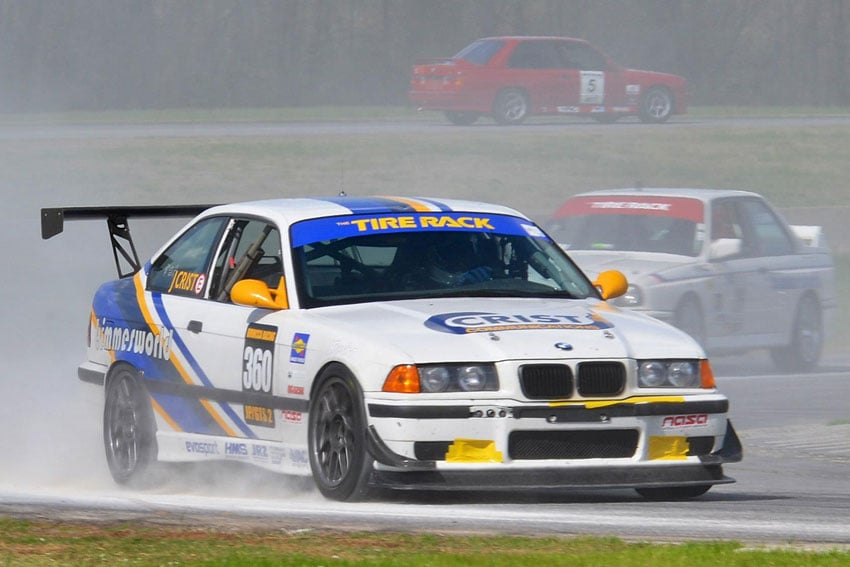
As a performance driving instructor and racer, I have a fairly good grip on vehicle handling dynamics. Those skills have been developed over years of instruction and track time, but one of the best lessons learned was picked up on day one. In my first classroom session, the instructor promised each and every one of us that we’d been setting our mirrors wrong since we started driving. He was right and I’ll bet the overwhelming majority of you do also.
Blind Spot
We are all familiar with the term “blind spot,” it’s one that’s used in countless police reports, on television in car advertisements and in every day driving situations; it’s an accepted phenomenon to say the least. Not to sound like Morpheus, but what if I told you that the blind spot didn’t exist?
Sure, in certain vehicles it’s impossible to get full rear-vision but those are few and far between and mostly include box vans with no rearview at all. It’s not your fault, believing in the blind spot, it’s been hammered into your head since day one.
You were never instructed how to eliminate them in driver’s education, hell even car companies upsell their cars to you with “blind spot sensors” and such. As a matter of fact, many vehicles don’t have the proper range of mirror movement to get wide enough. Why is this? Unfortunately I can’t answer that question, but I can help make you safer and more situationally aware.
The world is overwhelmingly oblivious to the topic, but this article isn’t the only one in existence to address it. I did come across other visual diagrams but felt they were lacking in certain aspects and we’ve created our own to help you visualize proper mirror adjustment.
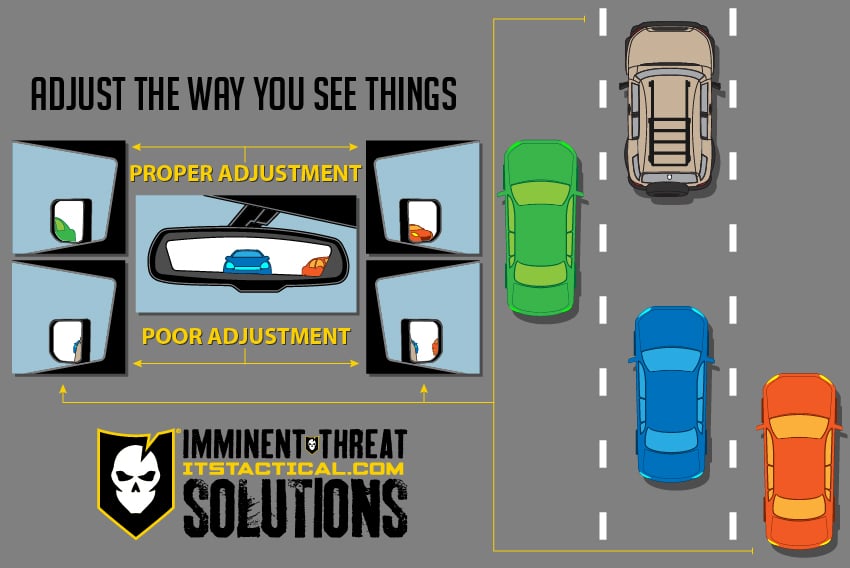
The problem is simple; overlap. You don’t need to see the same thing in the side mirror and the rearview mirror. The poor adjustment images represent improper setting of your mirrors and show the sides of your own vehicle, in addition to the car directly behind in all three mirrors. However, you can’t really see the red car which sits in the “blind spot.”
The fix is to simply adjust your side mirrors further out until you have little to no overlap between them and what’s displayed in the rearview mirror. This is illustrated in the proper adjustment images above. What you’re doing is increasing the width of what you can see by eliminating the overlap.
The Fix
I was taught a simple way to set my mirrors correctly and I’ll pass it on to everyone here. Sit inside your vehicle on level ground, while keeping your head level and looking forward. Now, lean to your left until your shoulder touches the inside of your door and then keep leaning until your head touches your window.
This may seem awkward, but stick with me. In this leaned over position to your left, now look into your mirror and adjust it to the normal picture you’re used to, picking up a small amount of your door. When you return to center you shouldn’t see the side of your car at all in the mirror. Now, lean your body and head over to your right, just above the center console and set the right side mirror to display what you saw in your left mirror while you were leaned over.
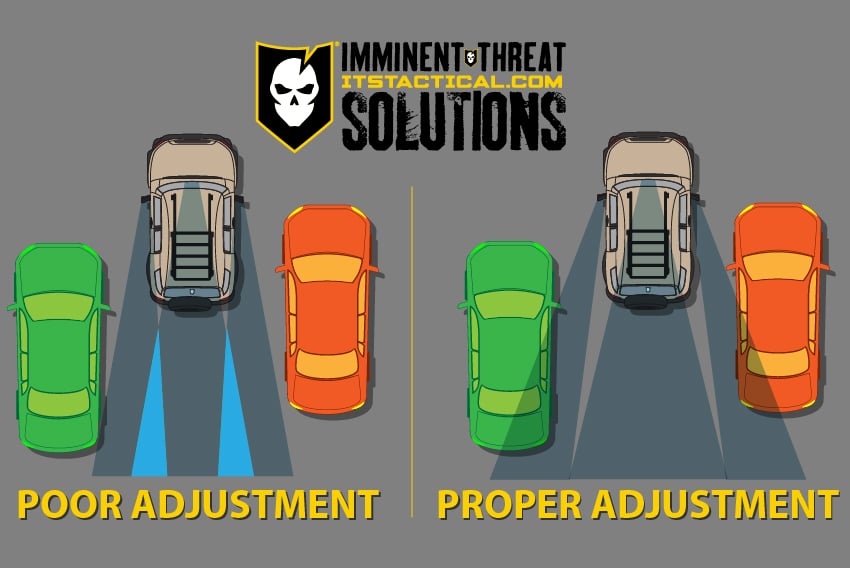
This method is a simple way to start, but you should make adjustments while you’re driving. Watch cars in your rearview as they approach, do they appear in both the rearview mirror and a side mirror? If so, widen your side view. You can even have someone walk around your car while in a parking lot.
A little overlap is acceptable and as I mentioned earlier, some cars don’t have the range to widen the mirrors out far enough. It may take a while to get used to this adjustment after doing it, but the first thing you’ll notice, other than superior vehicular SA (that sounds awesome), is that the landscape in both side mirrors is rolling by very quickly. This may be a little disorienting at first, but you’ll get used to it pretty quickly.
Now that you’ve equipped yourself with the knowledge to defeat the dreaded, yet fictitious “blind spot,” go forth and teach your friends and family. Being safer on the road doesn’t just mean improving your own driving skills, it’s a “two way street” and your safety depends on the actions of others. Spread the word, for all of us!
Editor-in-Chief’s Note: Jason is a small business owner in Virginia specializing in Physical IT Infrastructure & Electronic Security. He’s also an administrator and instructor with BMWCCA Club Racing Schools. Jason has attended the ITS Muster each year and we’re stoked to have him as a Life Member!






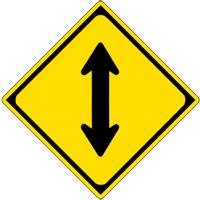


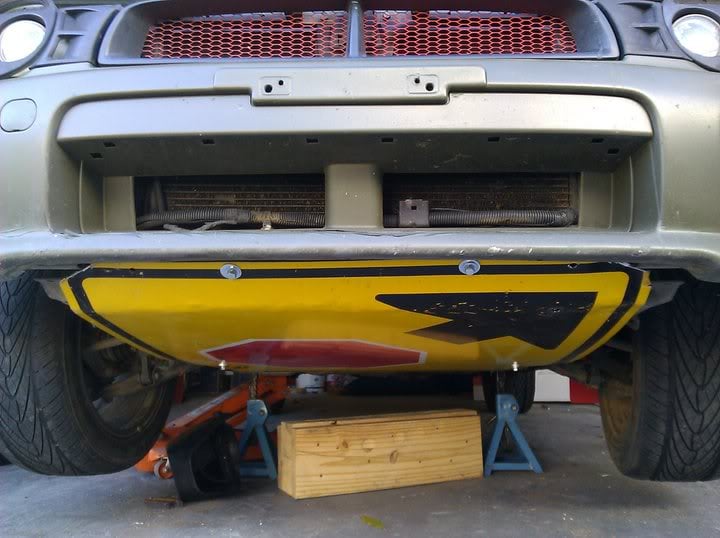

Discussion